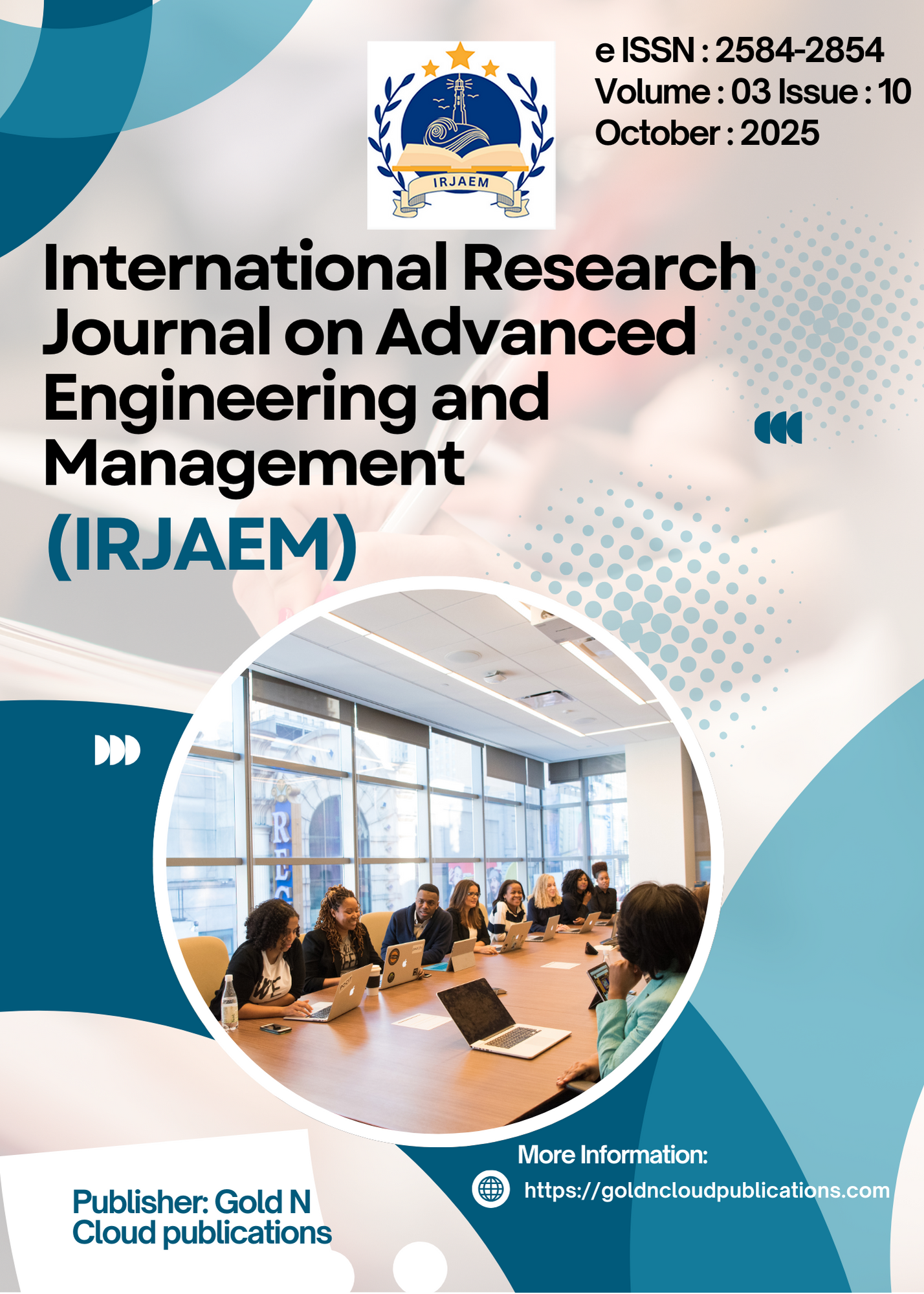Exploring Lethality of Lead Nitrate on Channa Punctatus
DOI:
https://doi.org/10.47392/IRJAEM.2025.0479Keywords:
Plumbum dulce, LT50, LC50, Channa punctatus, Lead toxicityAbstract
According to WHO environmental health criteria No.180 (1996), fishes are excellent model for studying the effects of water and sediment-borne pollutants. The present study aims to test lethal concentration (LC50) and lethal time (LT50) of lead nitrate in our environmental conditions following semi-logarithmic graphical interpolation method. The study will enable us for further study like accumulation and effects on various systems of the fish. 10 large sized fishes were kept in each aquarium and different concentrations of lead nitrate were applied. 10 glass aquaria were taken and arranged them in a line on the laboratory table and then marked them number I, II, III, IV, V, VI, VII, VIII, IX and X. Each aquaria was filled up with 40 liters of tap water. Then toxicant was added respectively. Aquarium number 1 was kept free from toxicant that worked as control, while other aquaria were experimental ones. Then 10 fishes were released in each aquarium including the control and their mortality was observed up to 48 hours.
Result: The graph was plotted between concentration of lead nitrate and % mortality of Channa punctatus.
The plot thus obtained is called as “Concentration- response relationship” curve. LC50 was found to be 500 ppm. Table. 2.1 outlines the results and figure 2 provides the concentration- response relationship. Similarly, a plot between time period and % mortality for a particular concentration of lead nitrate provided the LT50 valve. This curve was called as “time-response relationship) curve.
Downloads
Downloads
Published
Issue
Section
License
Copyright (c) 2025 International Research Journal on Advanced Engineering and Management (IRJAEM)

This work is licensed under a Creative Commons Attribution-NonCommercial 4.0 International License.


 .
. 